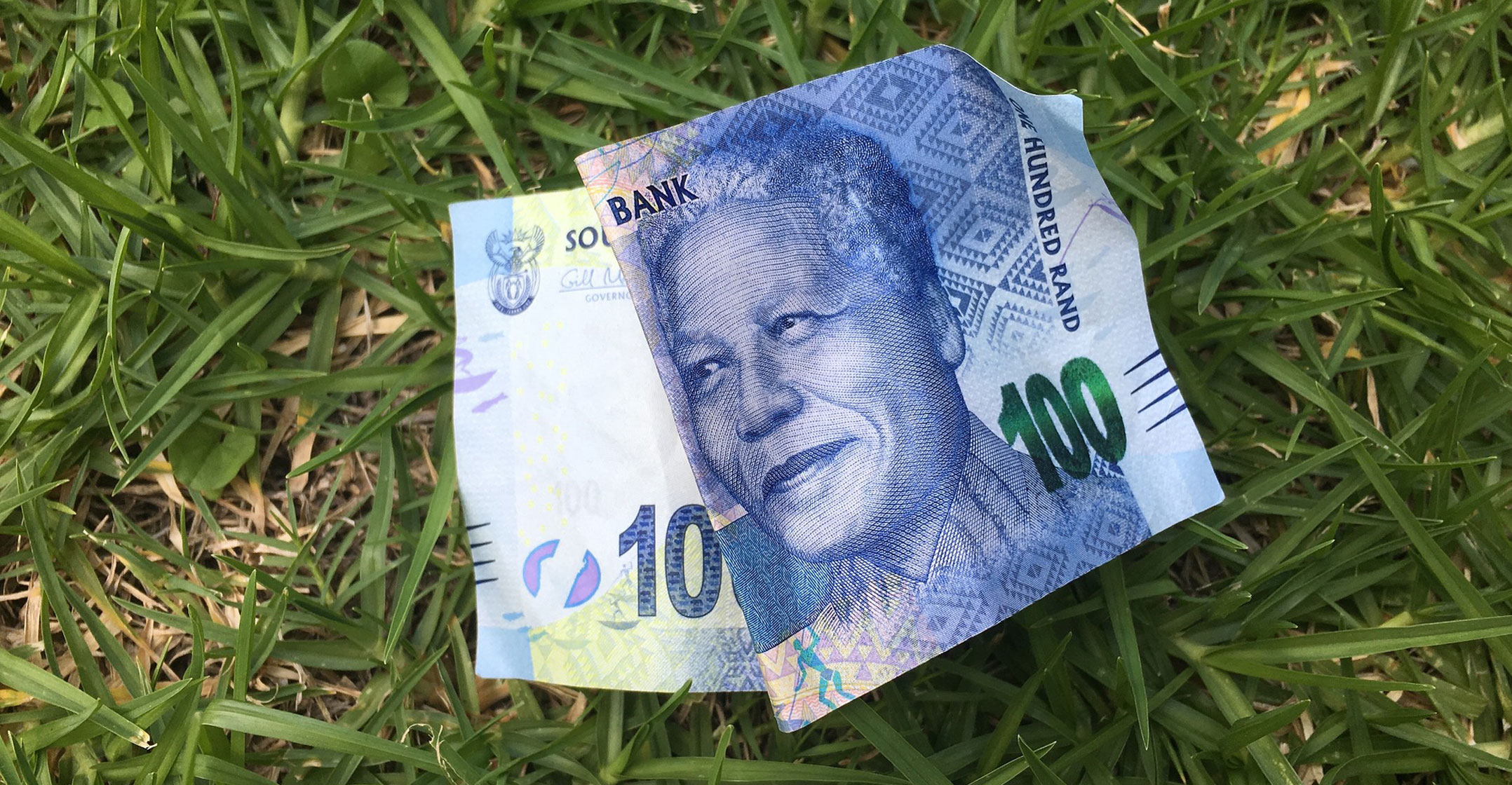
The rand was hovering around three-month lows in early trade on Wednesday, as the country prepared for what could be another day of unrest linked in part to anger over poverty and economic inequality.
The continent’s most industrialised economy has been gripped by some of the worst violence in decades after grievances unleashed by the jailing of former President Jacob Zuma spilled over.
As many as 72 people have died and 1 234 people have been arrested, after protesters on Tuesday clashed with police and ransacked shopping malls or set them ablaze. The rand dipped and local equity and bond markets also suffered.
At 8.30am on Wednesday, the rand traded at R14.74/US$, unchanged from its previous close.
US inflation data and a stronger dollar added to the woes of the South African currency, which had been one of the best performers among emerging markets during the pandemic.
“The riots and violence are causing real investor anxiety,” Warwick Butler, trader at Standard Bank said in a note, adding the impact of external factors had “pretty much shot the lights out”.
Resistance
“Cue a sustained sell-off in the rand culminating in a high overnight of R14.7550 and very much en route to our target level of R15.05/R15.10,” he continued, adding, however, the rand’s 200-day moving average of R14.8529 should provide some resistance for now.
Government bonds were slightly weaker, with the yield of the instrument due in 2030 rising one basis point to 9.015%. It breached the 9% mark for the first time since late June on Tuesday.
Stocks also opened slightly lower, with the JSE’s Top40 Index down 0.11% and the broader All-Share Index down 0.12%. — Reported by Emma Rumney, (c) 2021 Reuters




